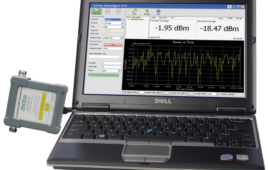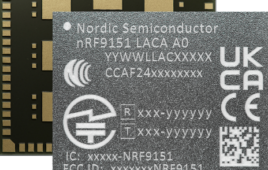Over one year ago on March 29th, the Federal Communications Commission (FCC) commenced its first incentive auction to reformat the RF spectrum (mostly in the unused airwave spectrum for nationwide wireless mobile use). Approved by Congress back in 2012, the auction helped align use of broadcast airwaves with 21st century consumer demands for video and broadband services. The beginning of the process comprised of two main phases. Conducted by the FCC, the first part was a reverse auction that allowed 175 broadcasters who own television spectrum to sell that space, while the second phase nationally auctioned that spectrum to cellular carriers.
Ultimately, the auction helped preserve the fragile broadcast television industry, while enabling stations to generate additional revenue they can invest into programming and services to their communities. These events also make valuable low-band airwaves beneficial to consumers because they’ll ease congestion on wireless networks. More importantly, the groundwork is being laid out in preparation for 5G wireless services and applications, which will help spur job creation and economic growth in the broadcast media industries.
Since bidding concluded this year on March 30th, broadcasters have 39 months to reallocate new channel assignments for their stations. The spectrum was repurposed to 84 megahertz with 70 for licensed use and 14 for unlicensed use and wireless microphones. From a revenue standpoint, the auction was a success, having netted almost $20 billion. $10.5 billion will be paid to broadcasters who sold their spectrum, while the US Treasure will designate $7 billion towards deficit reduction.
The auction was prompted based on how cellular carriers and broadcast media outlets reacted to the previous changes in broadband generations. Carriers deployed higher bandwidth network infrastructure as quickly as possible, which coincided with the release of the iPhone, causing carriers to throttle bandwidth back. AT&T, one of the major cellular carriers, expressed grievances about 60 percent of its data traffic coming from iPhone users, but forgot how not too long ago, this was the promise of specific services iPhone users were consuming that were used to incentivize customers to switch to AT&T.
Availability of unlimited data caused issues like network bottlenecks, service disruptions, and customer complaints. This led to the withholding of unlimited data plans, which will eventually have to make a comeback in the near future. Since bandwidth is enabled by the amount of spectrum and spectral efficiency of its use, the move to 5G LTE meets those standards. The spectrum is going to be in the 600 MHz band, which is known to have better penetration range, overall performance, and is already accessed by large carriers.




